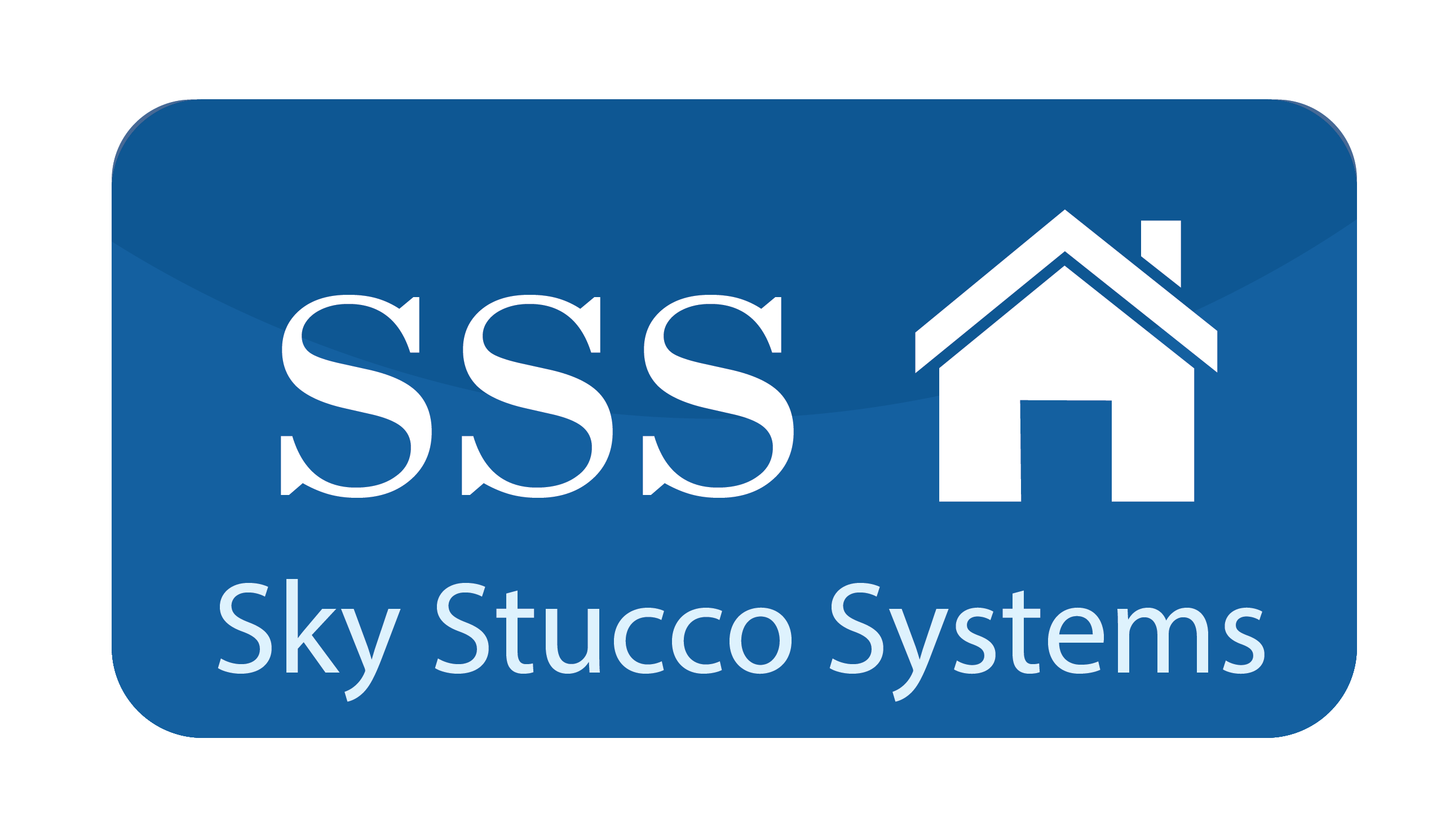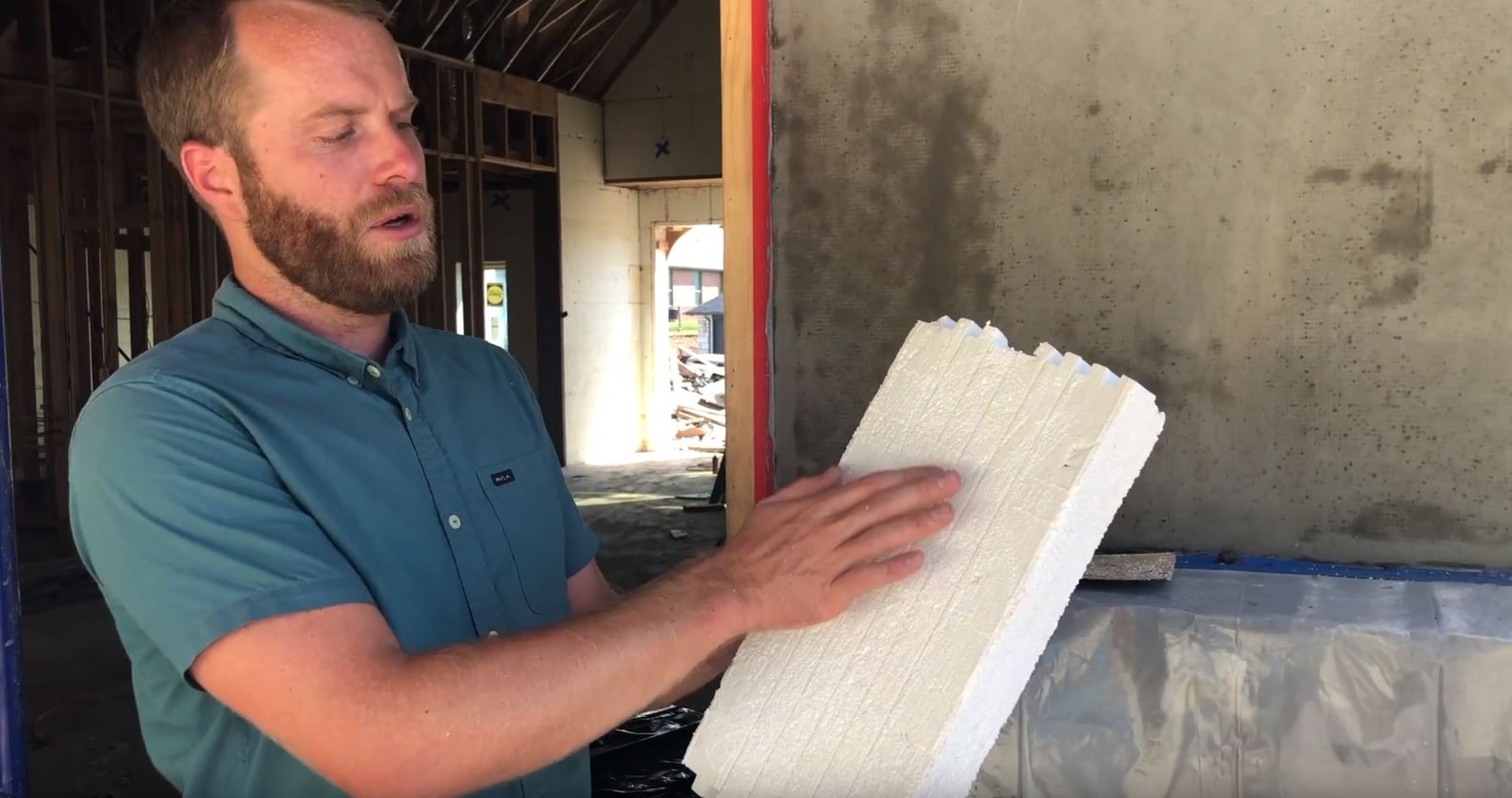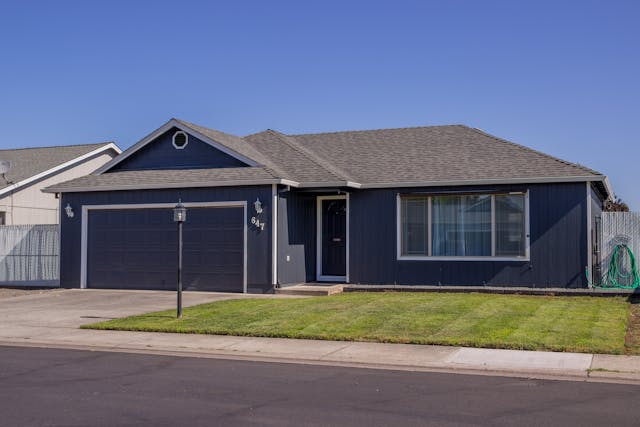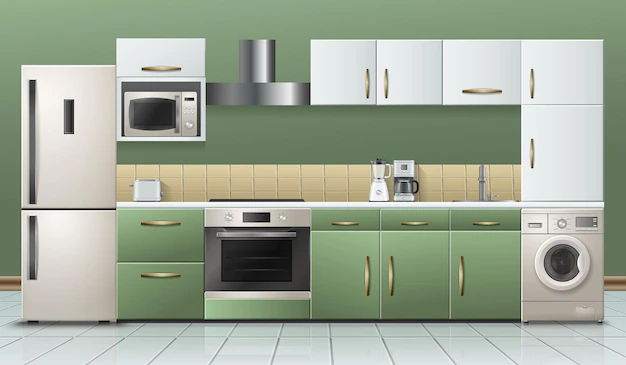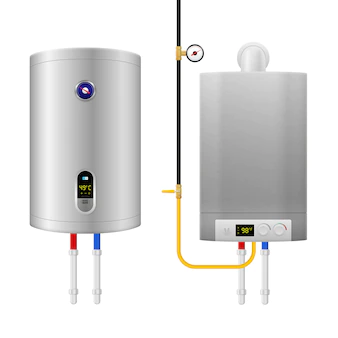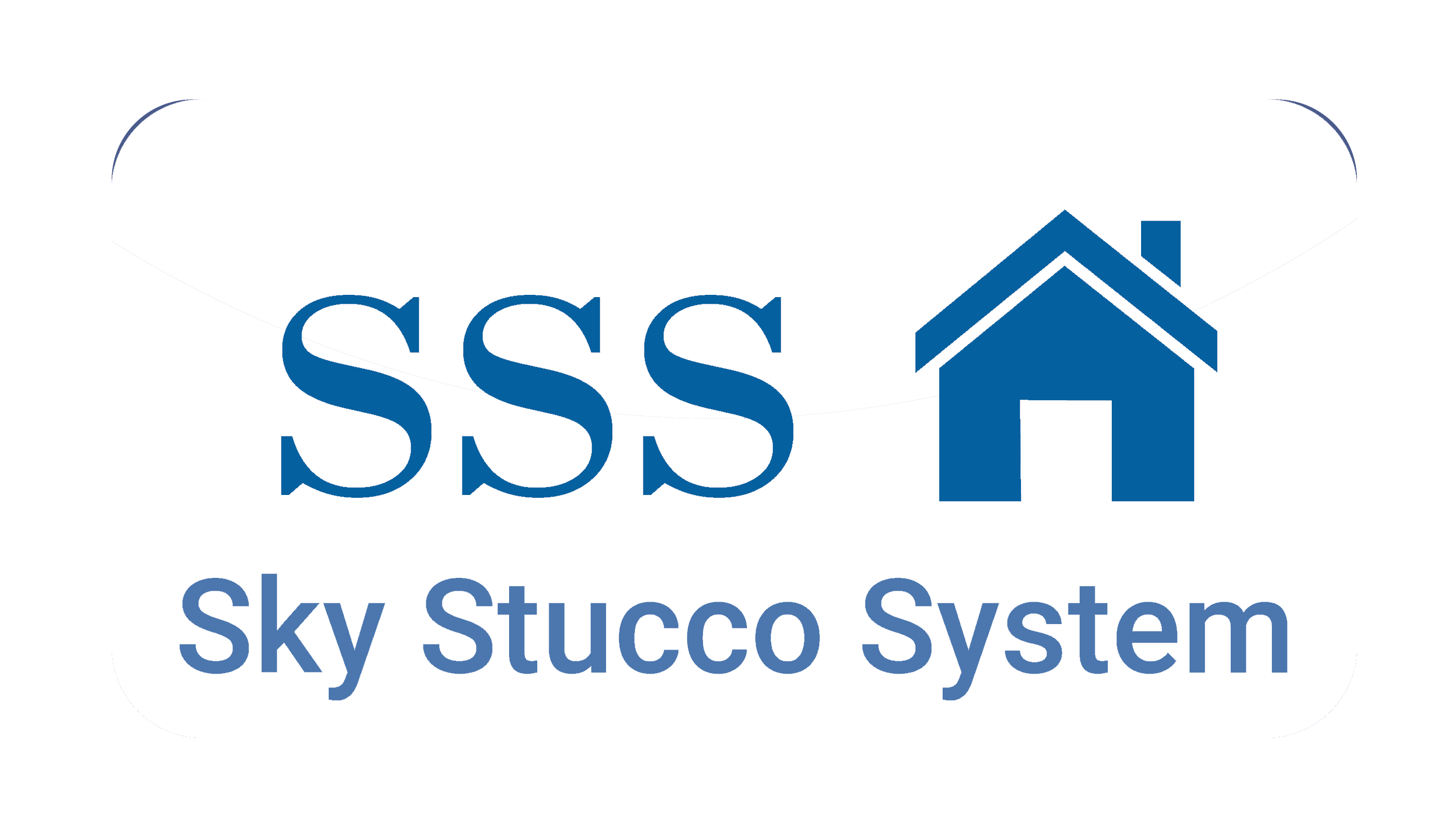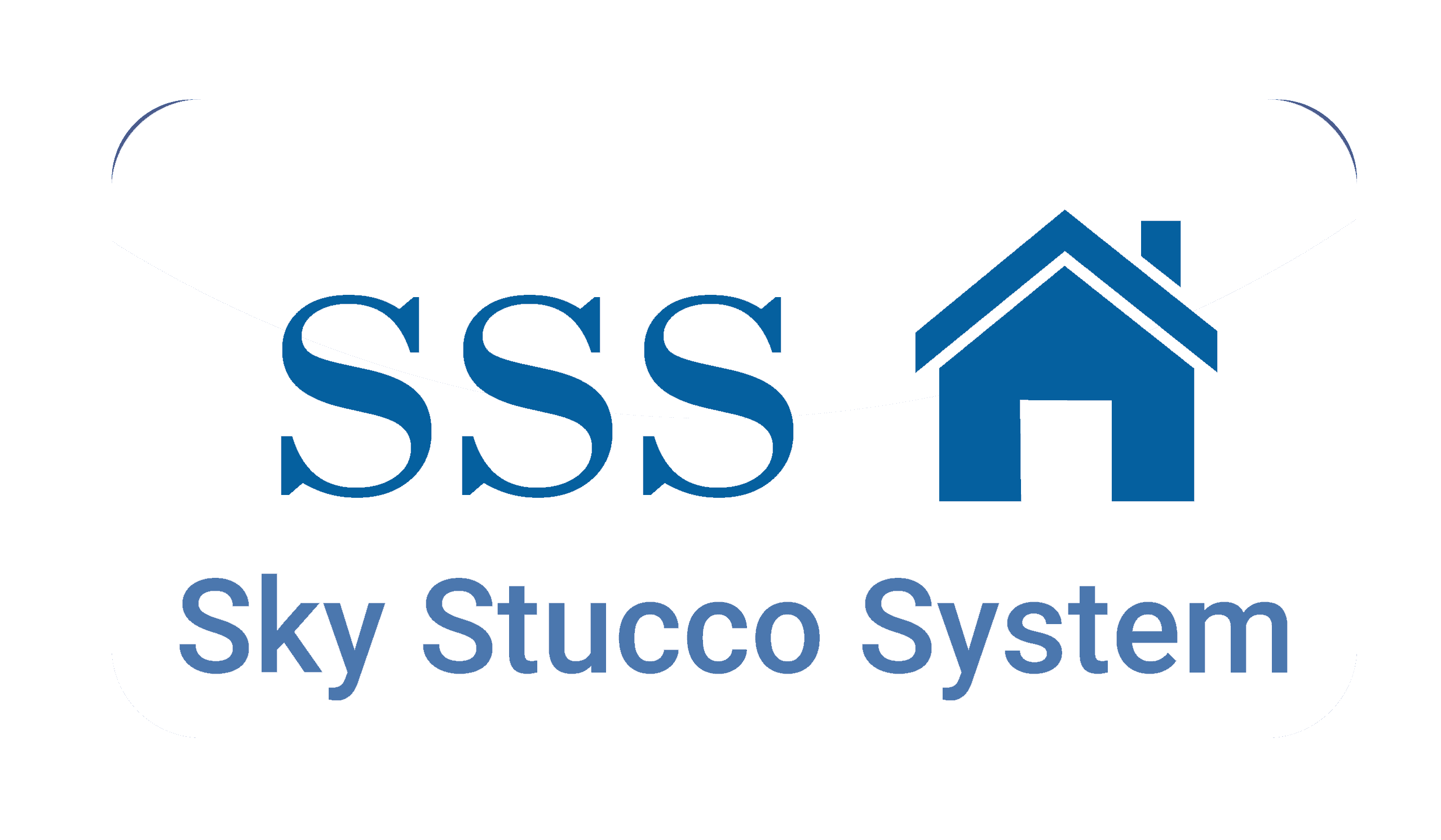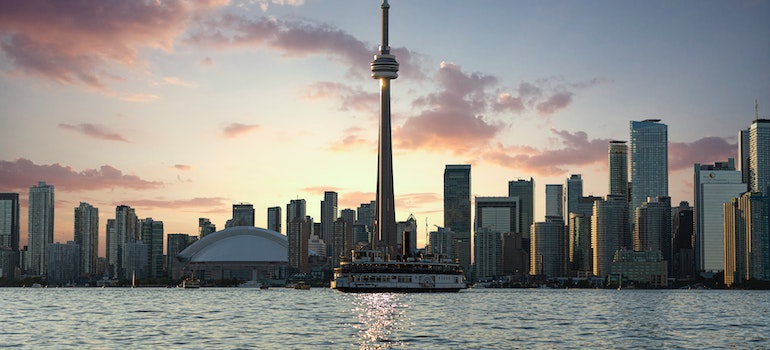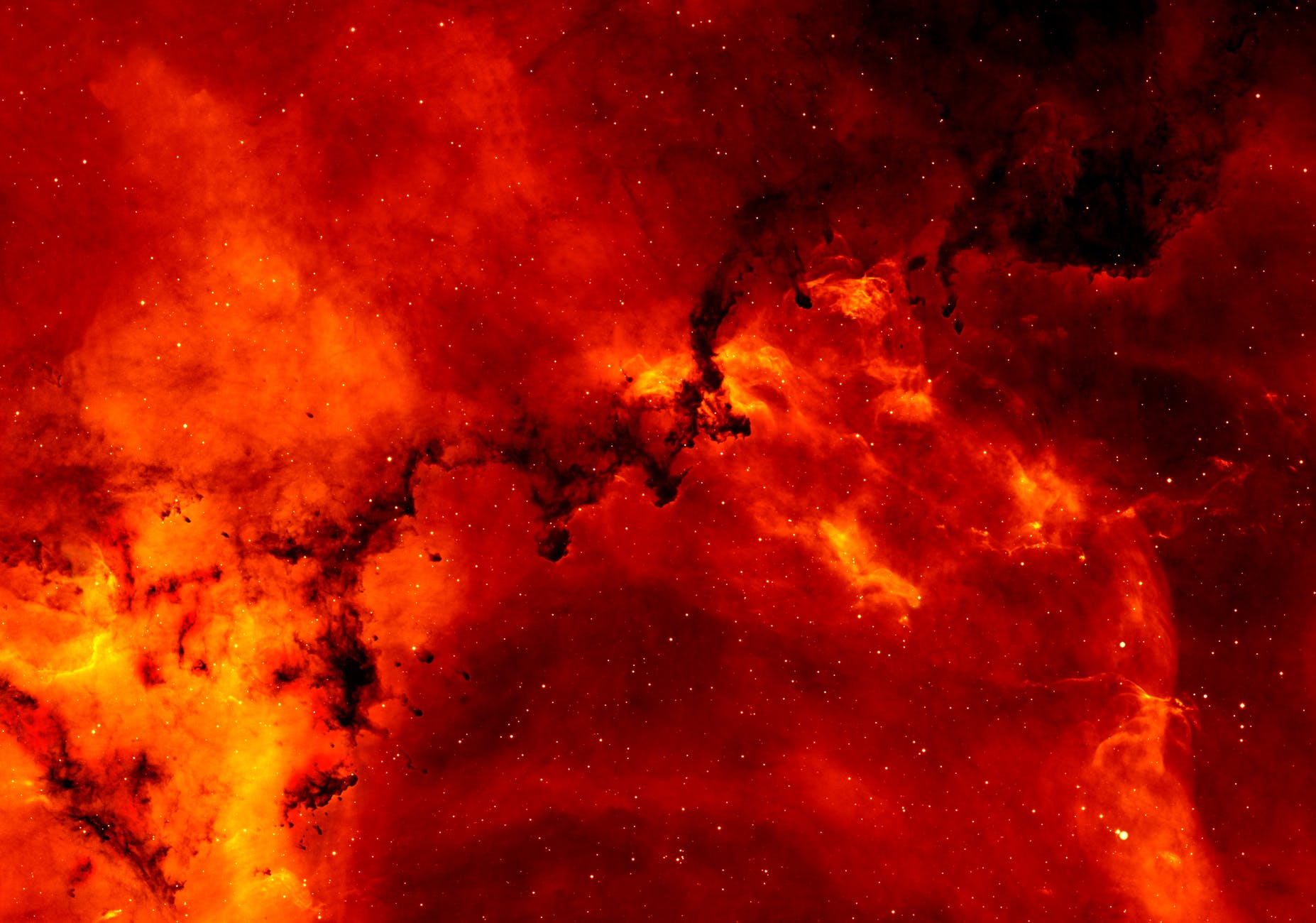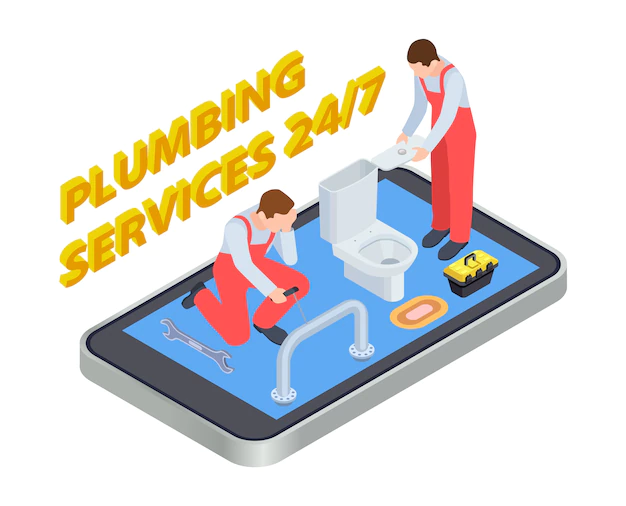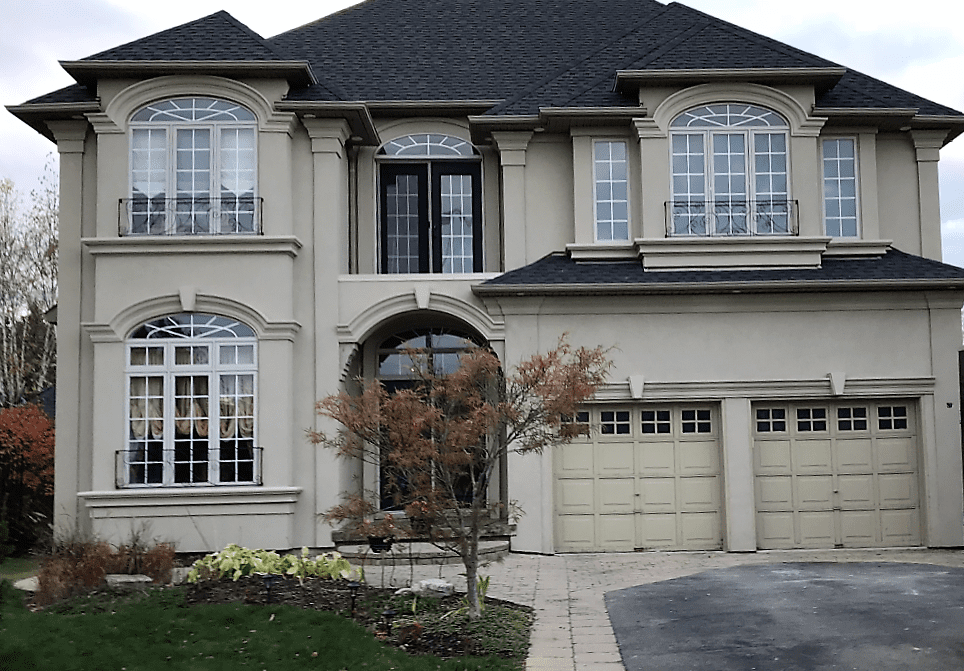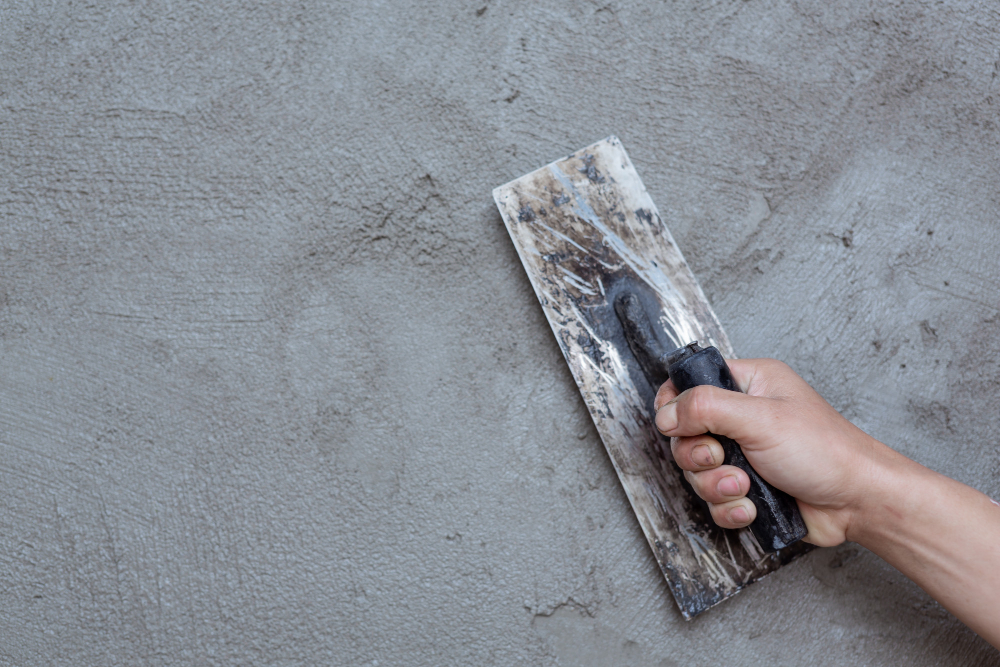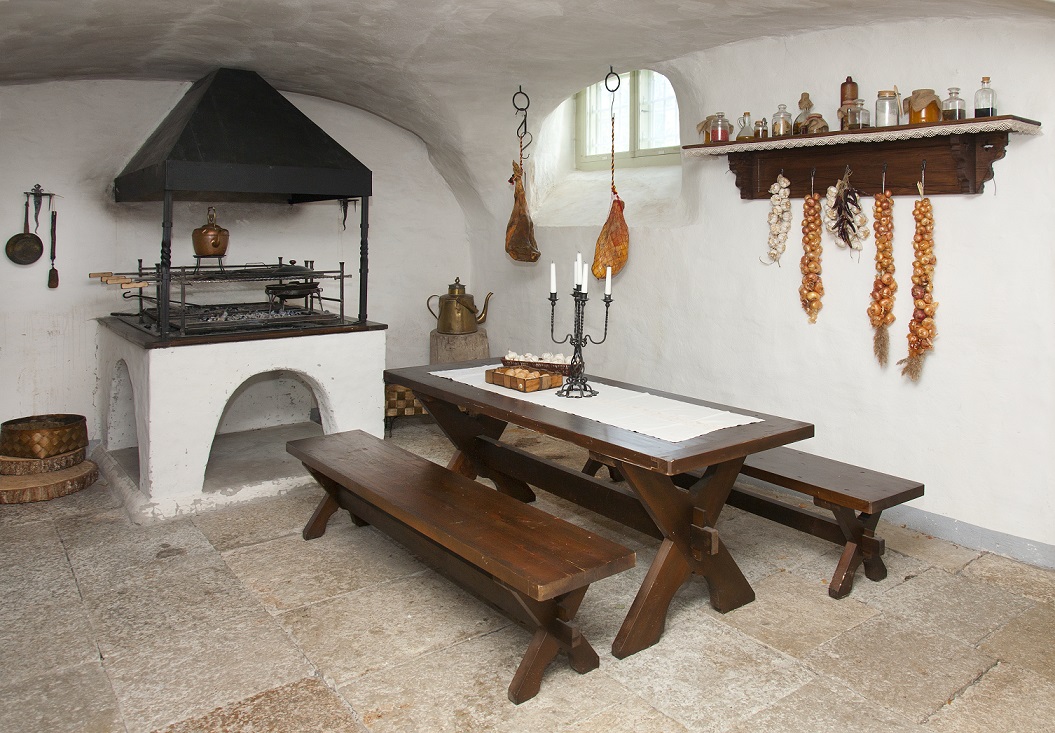Everything you need to know about stucco home.
Are you someone who is considering stucco for the exterior of your home? Do you need more information to make a decision? Well, look no further! In this article, we will share everything you need to know about traditional stucco, including its pros and cons. Knowing more about stucco will not only help you communicate with your contractors but will also help you make the right choices for your home.
HISTORY & BASICS
Even though stucco became internationally popular in the 1980s, its usage dates far back to ancient times. It was also popular in Renaissance Europe when Italians significantly improved the material. Soon after, people used stucco across the entire globe, even in South America and the Caribbean Islands. But, in the early 20th century, when people invented cement, stucco had its own little renaissance. It gained an increase in strength, durability, and ease of installation.
This “new” and improved stucco was basically a cement mixture, applied over wire mesh or lath. Also, people finished it with paint rather than by applying an exterior stucco layer. Lath or chicken wire mesh plays a large role in traditional stucco since they strengthen the structure and prevent cracks. But as weather changes and seasons pass by, water vapor transforms into moisture and certain materials always get affected. And since stucco doesn’t allow water vapor to properly dry up, wall cracks become a serious threat. That’s why one of the biggest disadvantages of stucco is low moisture resistance.
THE APPLICATION PROCESS
As in the past, to install traditional stucco you need a large quantity of cement. That’s why the process can be time-consuming for us contractors. But we still do it with immense care and joy! There are several layers that we apply during a traditional stucco installation:
The first cement layers is scratch coat which usually has a thickness of about ¼ of an inch. It is applied over the wire mesh.
Once this layer hardens, we apply the second layer known as base coat. This is a layer of cement which strengthens the wall and levels dents and holes.
The third layer is called the skim coat. It is also made of cement, but with a thickness of about 1/8 of an inch.
For a traditional stucco finish, there are usually two options. The first one is to spray a cork finish on the surface since with it you intensify color and texture. The second one is using two different colors of spray paint.
The general rule of thumb is that the more cement, the more difficult to create a flat surface. That is why most traditional stuccos have a rough texture. But this is part of their charm, and the reason most homeowners like them. Also, if you are working with true professionals, creating a flat stucco surface isn’t as hard as it seems.
PROS & CONS OF TRADITIONAL STUCCO
Even though the installation process can sound difficult, let’s not be too hard on traditional stucco installation. Just like with everything in life, this material has both its pros and its cons. Here are the most important ones:
PROS
Impeccable strength – We are talking about concrete with over 1” thickness reinforced with wire mesh.
Long lifespan – If properly installed or combined with an acrylic stucco finish, it can last for over 50 years.
High fire-resistance – It is perfect for homes in fire-prone zones and also for ones which have a 2 feet distance to other properties. Because of this, traditional stucco complies with building codes and standards, which is not usually the case for Acrylic stucco.
High curb appeal – Traditional Stucco is widely known for its appealing texture. It can increase a home’s aesthetical value, especially because of its Mediterranean look.
CONS
As we mentioned before, traditional stucco has low moisture-resistance, but one can easily get around this with installing a moisture proof wall prior to the stucco installation.
Proper installation is necessary for stucco. The more cement you apply, the higher chances for cracks. That’s why you must choose educated contractors who make the right decisions.
As we can see, just like every material, traditional stucco has its pros and cons. Today, we use this material in many construction projects including the renovation of older residential buildings. At the end of the day, the choice you make depends on your preferences. It’s your home and you know what’s best for it.
As a company that offers stucco services, we are here to inform you and give adequate advice, so we hope that this article was a useful resource for you and your family. As always, if you have questions, Sky Stucco Systems is here to help, give solutions, and satisfy the needs of our customers.
